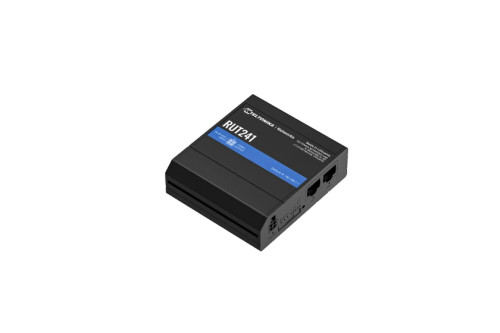-
 $359.0031 In Stock
$359.0031 In Stock -
 $187.0016 In Stock
$187.0016 In Stock -

Ubiquiti
SKU: UISP-R-Pro
Ubiquiti UISP-R-Pro UISP Multi-WAN 10GbE Router
$579.00COMING SOON20 In Stock -

MikroTik
SKU: RBD53iG-5HacD2HnD
MikroTik RBD53iG-5HacD2HnD hAP ac³ 5GbE Port Dual-Band 2.4/5GHz Home Access Point
MSRP:$109.00$98.14Usually Ships in 24 Hours103 In Stock -

MikroTik
SKU: CRS318-1Fi-15Fr-2S-OUT
MikroTik netPower 15FR outdoor 18 port switch with 15 reverse PoE ports and SFP
$169.53Usually Ships in 24 Hours95 In Stock -

MikroTik
SKU: CRS504-4XQ-IN
MikroTik CRS504-4XQ-IN 4x 100 Gigabit QSFP28 Cloud Router Switch
MSRP:$799.00$740.00COMING SOON183 In Stock -

MikroTik
SKU: CRS310-1G-5S-4S+IN
MikroTik CRS310-1G-5S-4S+IN 5x Gigabit SFP 4x 10 Gigabit SFP+ Cloud Router Switch
$249.9912 In Stock -

MikroTik
SKU: CCR2004-16G-2S+PC
MikroTik CCR2004-16G-2S+PC 6x Gigabit Ethernet 2x 10G SFP+ Cloud Core Router
$465.00Usually Ships in 24 Hours416 In Stock -

MikroTik
SKU: CCR2004-1G-2XS-PCIe
MikroTik CCR2004-1G-2XS-PCIe Network Interface Card
$199.00COMING SOON9 In Stock -

Ubiquiti
SKU: UISP-R
Ubiquiti UISP-R Gigabit PoE UISP Router
$234.99Usually Ships in 24 Hours12 In Stock -

MikroTik
SKU: R11e-LR8
MikroTik R11e-LR8 Gatway Card mini PCIe 863-870 MHz
MSRP:$89.00$82.35Usually Ships in 24 Hours18 In Stock -

MikroTik
SKU: R11e-LR2
MikroTik R11e-LR2 Gateway card for LoRa technology in mini PCIe form
$69.00COMING SOON16 In Stock
